Description
Loved Throughout the Caribbean, You’ll Welcome it to Your Yard
The Lignum vitae is a slow-growing evergreen, notable for its dense and knotted wood structure which is one of the densest in the world. Mature trees can reach up to 30 feet in height but are often seen much smaller, particularly when grown in cultivation. The bark is characteristically reddish-brown, becoming deeply furrowed with age.
The leaves of Lignum vitae are compound, with 4 to 6 pairs of small, leathery, and opposite leaflets that are dark green and glossy. Spring brings forth striking blue flowers that are not only visually appealing but also attract a variety of pollinators. Following the flowering period, the tree produces yellow-orange fruits, which contain the seeds.
Caring for your Tree of Life
Caring for a Lignum vitae can be a rewarding experience for any plant enthusiast. Its slow growth rate and durability make it a long-lasting addition to any garden or home collection. By following the guidelines outlined above, you can enjoy the beauty and history of this unique tree for many years. Remember, the success of growing Lignum vitae lies in emulating its natural environment as closely as possible and understanding its growth pattern and needs. Embrace the journey of nurturing this “wood of life,” and it will undoubtedly bring a sense of fulfillment and a touch of tropical splendor to your surroundings.
Light
Lignum vitae prefers full sun to partial shade. If you are growing this tree indoors, ensure it is placed in a location where it receives ample sunlight, such as near a south-facing window. In its native habitat, it is accustomed to the intense sunlight of tropical regions, so outdoor specimens should be positioned accordingly to receive similar exposure.
Soil
This tree is adaptable to various soil types but thrives best in well-draining soil. If planting in a container, make sure to use a quality potting mix and ensure that the pot has adequate drainage holes to prevent waterlogging.
Water
While the Lignum vitae is drought-tolerant once established, regular watering is essential during its growing season, especially for young plants. The soil should be kept evenly moist but not soggy. Reduce watering frequency in the winter when the plant’s growth naturally slows down.
High humidity levels are ideal, which means that in drier climates, occasional misting may be beneficial, especially when grown indoors.
Fertilization
Feed your Lignum vitae during the growing season with a balanced, slow-release fertilizer to support its growth. Since the tree is a moderate feeder, over-fertilization should be avoided to prevent the buildup of mineral salts that can harm the plant.
Pruning
Prune your Lignum vitae to remove any dead or damaged branches and to maintain its shape. Pruning is best done after the flowering season. Due to its slow growth rate, heavy pruning should not be necessary.
Pests and Diseases
Lignum vitae is relatively resistant to pests and diseases. However, it can sometimes be affected by root rot if overwatered or if the soil does not drain properly. Insect pests like scale and mealybugs can occasionally be a problem, treatable with horticultural oils or insecticidal soap.


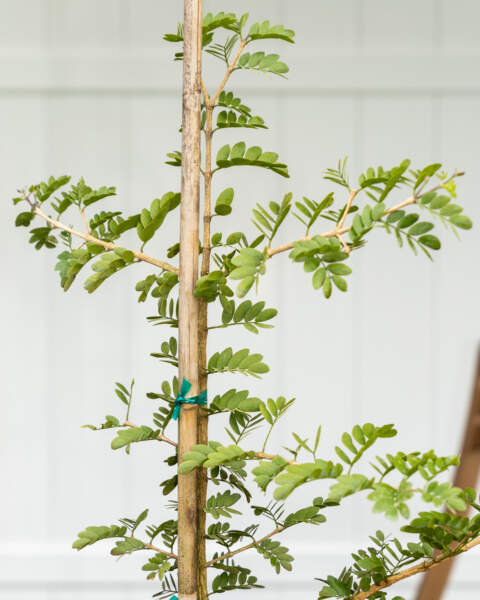

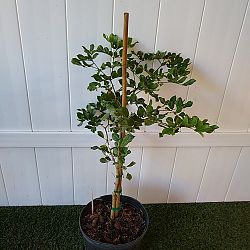
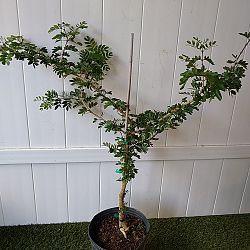
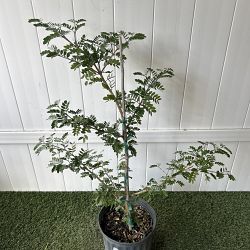
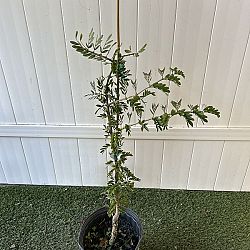

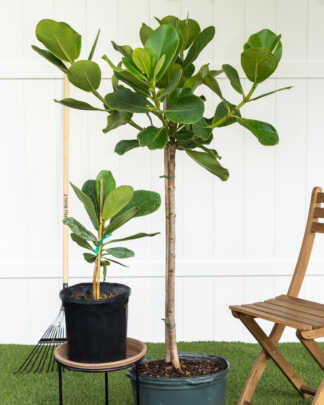
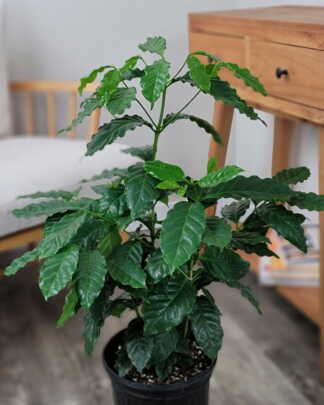
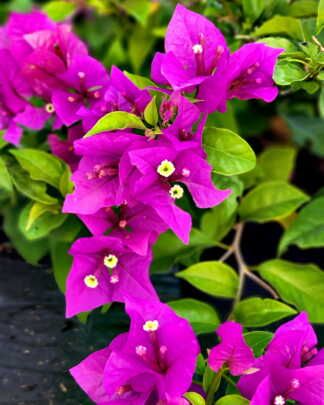
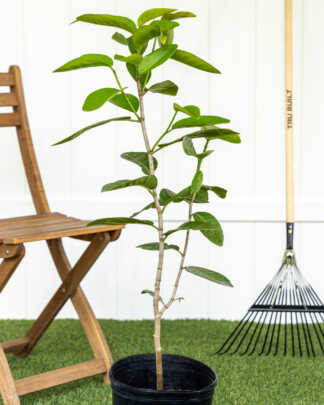
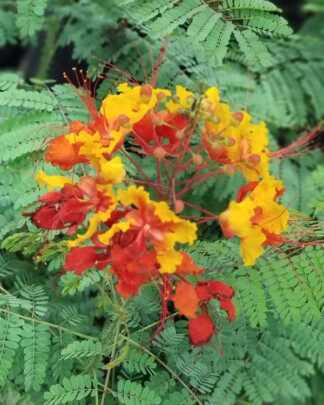


Anonymous (verified owner) –
nathan Woodring (verified owner) –
RENE WEBSTER (verified owner) –
Arrived on time, expertly packed with detailed instructions on planting and care. VERY happy!!!
Dustin (verified owner) –
Exactly as presented. Plants arrived quick and in good condition, now just not to be a plant dad failure… 😬
Corey Nix (verified owner) –
emerson (verified owner) –
So far so good
Thomas Hill (verified owner) –
Very healthy plant and a good size too!
Marie Reilly –
This is a fabulous tree! The blossoms and berries all colorful and beautiful! I actually think the blossoms look lavender rather than blue! The birds and the honey bees love this tree! It certainly is a Holy Tree of Life! It also, when kept trimmed and small is a natural bonsai tree! And, as I have Bahamian heritage, it’s extra special to me! Enjoy this special tree!